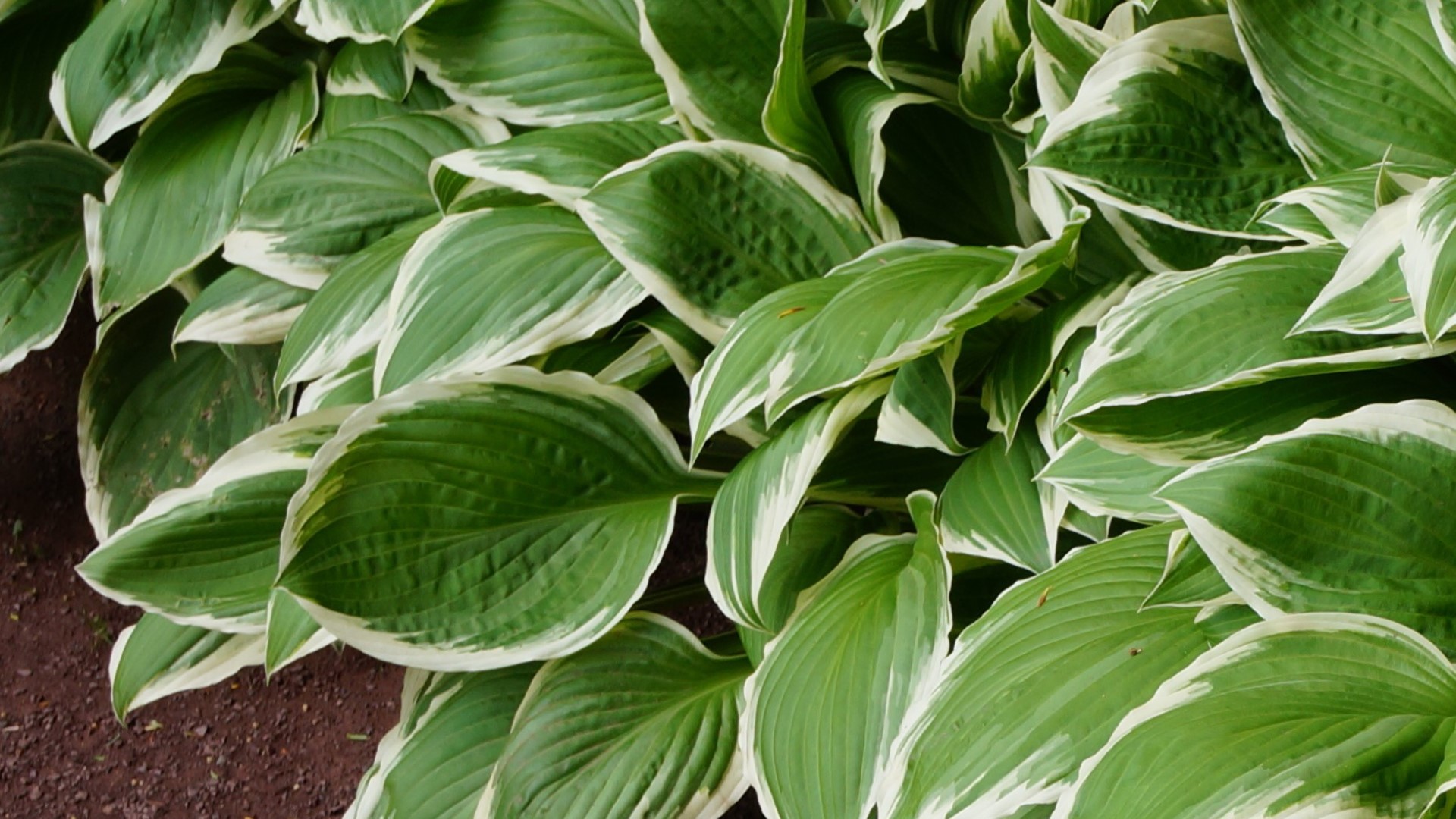SEATTLE — Who has hosta plants in their garden? Our favorite gardening guru Ciscoe Morris says it's a great time to divide, and who are we to argue with an expert.
From Ciscoe:
Hostas are great plants for shady locations. These long-lived, amazingly hardy (-35 degrees) natives of Japan and China come in a mind-boggling array of sizes, shapes, and colors; everything from tiny miniatures, such as Yakushima Mizu a 3-inch tall munchkin sporting tiny dark green leaves and teeny lavender flowers, to the big mamma of them all, Empress Wu, forming a massive mound of wavy, thick, corrugated blue-green leaves that can exceed 48 inches tall and 70 inches wide.
Hostas add color and texture in shady nooks in the garden and combine beautifully with plants with fine foliage, but they also look great in containers. Smaller growing Hostas add bold texture and lively color in mixed designs; while the bigger leaved ones make elegant centerpieces or look great as single specimens in large pots. The trumpet-shaped flowers are attractive to hummingbirds and planted in the garden the thick leaves give great weed control.
Hostas perform best planted in bright shade. Avoid direct sunshine which will burn the leaves, causing ugly brown spots. Mulching around the plants slows evaporation and reduces the need to water as often.
Fertilizing Hostas growing in pots once per month with a soluble house plant fertilizer will keep them looking lustrous and colorful. Hostas growing in the open shade garden generally only need one application of granular organic flower food, but if you want one to grow big, feed with high nitrogen, organic lawn food every 6 weeks.
Anyone who has ever grown Hosta knows that slugs and snails consider the leaves a gastronomic delight. Apply the safer brands of slug bait containing iron phosphate such as Sluggo, Worry-Free, or Escargot regularly, and make frequent night-time visits to put the 'el kabotski' on any gastropod marauders that find their way past your defenses. Note that Hostas with blue foliage are less attractive to slugs than those with yellow or green leaves.
Hostas rarely need dividing, but if you want to start a new clump, wait until spring when the leaves are about 4 inches tall. Then simply use a digging spade to cut out a section and move it to a new location. Voila, you've got a new colony of Hosta.
It would be impossible to mention all of my favorite varieties, but a few good ones include 'Great Expectations' featuring heavily textured leaves that brighten the shade garden with a 24-inch mound of golden centered leaves edged with sea-green; 'Abiqua Drinking Gourd', growing to 24 inches tall and 46 inches wide, this one sports heavily corrugated, deeply cupped, unruly deep blue foliage, 'Sagae' perfect for containers with upright growing 30 inch tall frosty blue blue-green leaves with variations of creamy white on the margins; and new (for me) this year is 'Fire Island' with brilliant gold rippled leaves on deep red stems.
A dinker loved by kids is 'Blue Mouse Ears'. This cutie has 6-inch tall, soft blue heart-shaped leaves that have a slight curl that makes them look just like little mouse ears.
A long-time favorite of mine is 'June'. This beauty has gold leaves with striking blue-green margins that glow like Typhany lights in lightly shaded beds and woodland gardens.
Finally, Hosta plantaginea is unusual because it is grown for its flowers. The bright glossy nearly round yellow-green leaves are attractive in their own right but it's the big 3 to 6 inch long, irresistibly fragrant white flowers produced on 30 inch tall upright stems in August that make this a must-have hosta in every garden. The divine scent is often described as a combination of clove, honeysuckle and heliotrope.
By the way, Hostas are quite edible. The Japanese have been eating them for centuries. Known as urui, the young leaves are boiled, fried in tempura, or eaten raw in salads. The flavor is often described as a cross between lettuce and asparagus. I'll stick to lettuce on my salad thank you. I can't imagine sacrificing any of my beautiful hosta leaves just to eat them!
Segment Producer Suzie Wiley. Watch New Day Northwest 11 AM weekdays on KING 5 and streaming live on KING5.com. Contact New Day.

